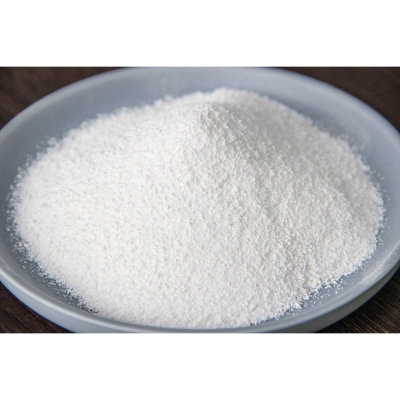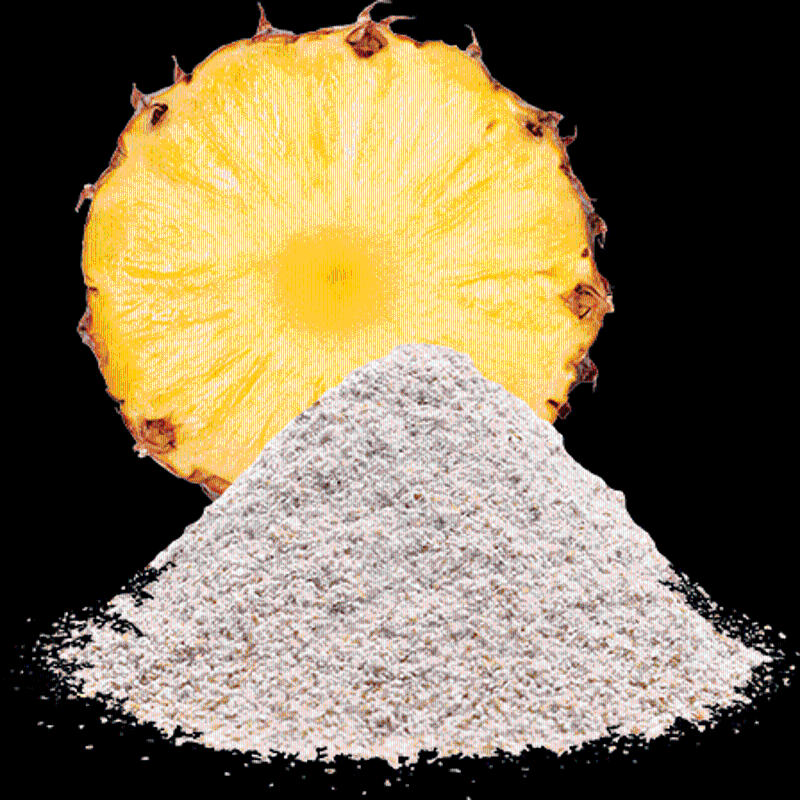-
Categories
-
Pharmaceutical Intermediates
-
Active Pharmaceutical Ingredients
-
Food Additives
- Industrial Coatings
- Agrochemicals
- Dyes and Pigments
- Surfactant
- Flavors and Fragrances
- Chemical Reagents
- Catalyst and Auxiliary
- Natural Products
- Inorganic Chemistry
-
Organic Chemistry
-
Biochemical Engineering
- Analytical Chemistry
-
Cosmetic Ingredient
- Water Treatment Chemical
-
Pharmaceutical Intermediates
Promotion
ECHEMI Mall
Wholesale
Weekly Price
Exhibition
News
-
Trade Service
It is really a blessing to buy a new PCR machine, after all, everyone will not have to wait in line in the future
End point, quantitative or number?
Today's PCR instruments are mainly divided into three categories: standard PCR (end-point PCR), real-time quantitative PCR (qPCR) and digital PCR (dPCR)
The standard PCR machine mainly produces a large number of nucleic acid sequences for subsequent experiments, such as sequencing, cloning, or just to see if there are suitable bands on the gel
qPCR is a real-time quantitative target sequence, usually used to determine the abundance of biomolecules, rather than to generate the final product
Digital PCR is also quantitative, but not real-time
Researchers usually know the choice between a standard PCR machine and a quantitative PCR machine
Sample form
Most users run PCR reactions in 96-well format, usually using 0.
Although some PCR machines have fixed sample modules, many are interchangeable
Some PCR machines allow the sample module to be replaced with two or more smaller modules
In addition to modular PCR, you have another option, which is a rotor-type PCR machine, which controls the temperature by heating the surrounding air
Flux
The most common configuration at present is the standard 96-well module format
Roche’s Donnenhoffer encourages customers to consider their current throughput requirements and possible throughput requirements in 5-10 years
Other systems, such as Bio-Rad's CFX384 Touch™ real-time quantitative PCR system, also use a 384-well format, but add the advantages of automated transfer
Generally speaking, the throughput of digital PCR is limited
Portability
Some PCR instruments are designed for portability, allowing researchers, investigators, and military personnel to test specific genetic material on-site or outside the laboratory
According to Jim Bratherton, product manager of Bibi Technology, the PCR machine requires certain common components to maintain normal functions, such as heating elements, power supplies, and touch screens
user experience
Simple and easy to use is also very important, not only conducive to normal operation, but also to reduce errors
.
Newbies to PCR may find that today's touch screen instruments are simple to use
.
However, advanced users may still have difficulty adapting to the transition from one PCR brand to another because they have become accustomed to a specific interface
.
"We believe that the software interface is essential to the use of the instrument and the overall user experience," Schade said, especially for diagnostic laboratories
.
Remote access also enhances the user experience.
It allows users to adjust operations and view preliminary results, all on a smartphone or tablet
.
Donnenhoffer believes that experienced researchers usually focus on two key parameters: speed and accuracy
.
However, for novices, speed is secondary
.
"At the end of the day, you still rely on accuracy," he said
.
(Author: Caitlin Smith / Compilation of Biological Communication)
Learn more about the Roche LightCycler PCR instrument







